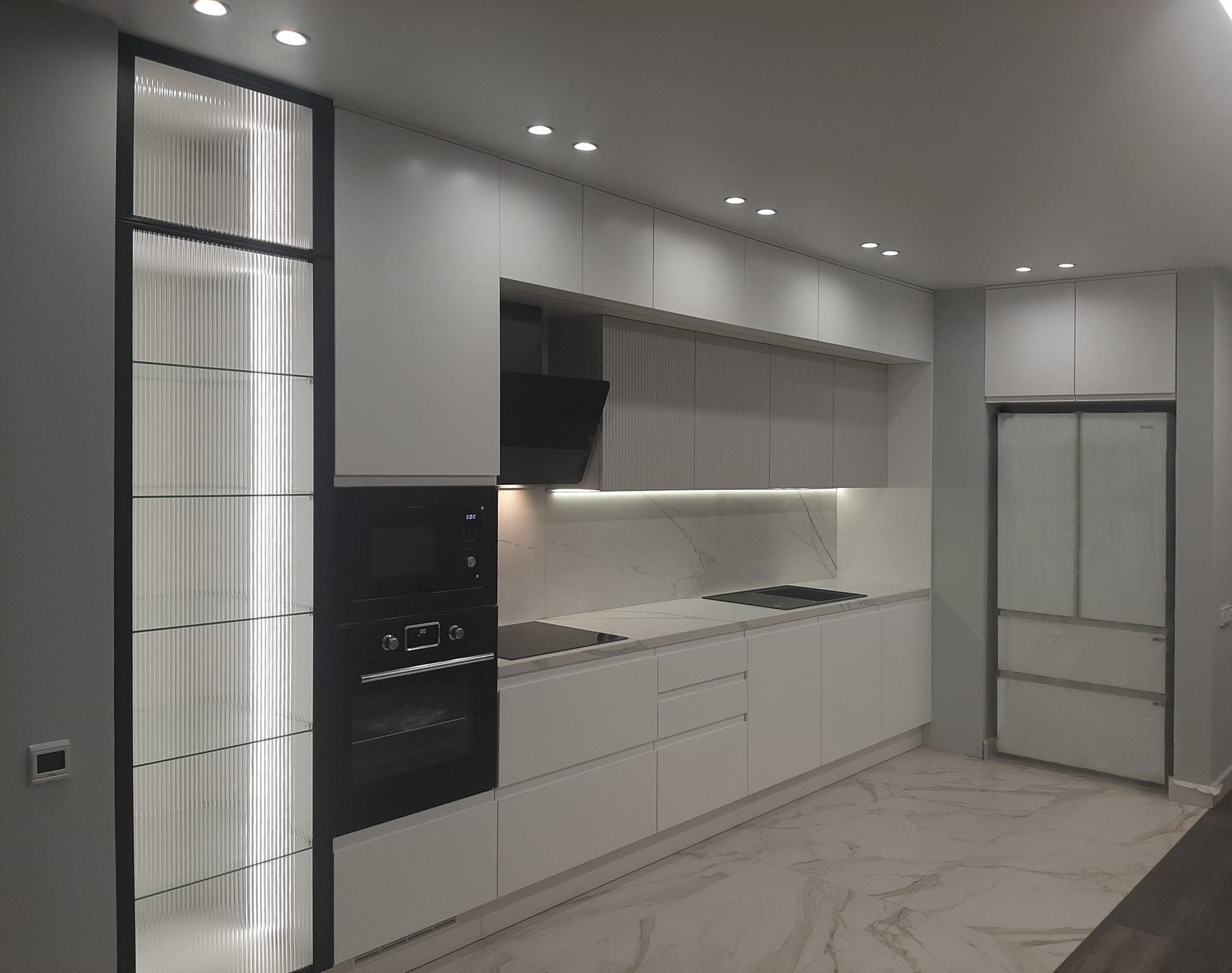
Revolutionizing Culinary Spaces: The Elegant Transformation
The modern culinary world is experiencing an elegant revolution, transforming kitchens from purely functional environments into sophisticated spaces that combine form and function seamlessly. This evolution is a response to the growing interest in gourmet cooking, interactive dining experiences, and the desire for aesthetically pleasing designs that blend with living areas.
The Aesthetics of Culinary Spaces
Contemporary culinary spaces are no longer hidden away behind closed doors; they are now the centerpiece of home design. Architects and interior designers are reimagining kitchens by using high-quality materials, sleek lines, and a minimalist approach to create a space that is both stylish and utilitarian. Luxurious stones, such as marble and granite, along with custom cabinetry and state-of-the-art appliances, are becoming staples in the modern kitchen. This shift towards high-end materials in the kitchen reflects a broader trend of integrating the culinary space with the home's living and dining areas, fostering an open and inclusive atmosphere.
Technological Integration
The redefinition of culinary spaces also includes the adoption of advanced technology to enhance the cooking experience. Smart appliances with internet connectivity, voice control, and sophisticated sensors are becoming increasingly popular, offering home chefs precision and ease of use. This integration of technology enables culinary enthusiasts to control their kitchen environment with greater accuracy and maintain a seamless flow of operations within their cooking space.
Functionality Meets Elegance
Despite the focus on aesthetics, functionality remains at the heart of kitchen design. Efficient use of space, ergonomic layouts, and thoughtful placement of appliances and storage are key elements of a well-designed culinary space. The use of multipurpose kitchen islands, for instance, encourages social interaction while also serving as a prep station, dining area, and storage solution. Elegant lighting solutions not only highlight the kitchen's design but also contribute to the functionality by providing sufficient illumination for cooking tasks.
Personalization and Adaptability
As culinary spaces become a reflection of personal style and culinary habits, customization has taken center stage. Individuals now have the ability to tailor their kitchens to their specific needs and preferences, from custom color schemes and materials to adaptable furniture and fixtures. The modern kitchen is no longer a one-size-fits-all space but a personalized environment that can evolve with its users' lifestyle changes.
Conclusion
The elegant redefinition of culinary spaces mirrors the changing dynamics of how we view and interact with food and cooking. It's a shift towards creating a harmonious balance between the pleasure of cooking, the beauty of design, and the efficiency of modern living. By embracing this transformation, homeowners can enjoy culinary spaces that not only facilitate the art of cooking but also serve as a testament to their taste and sophistication.